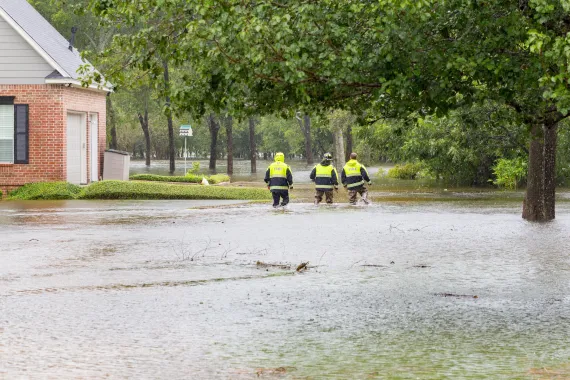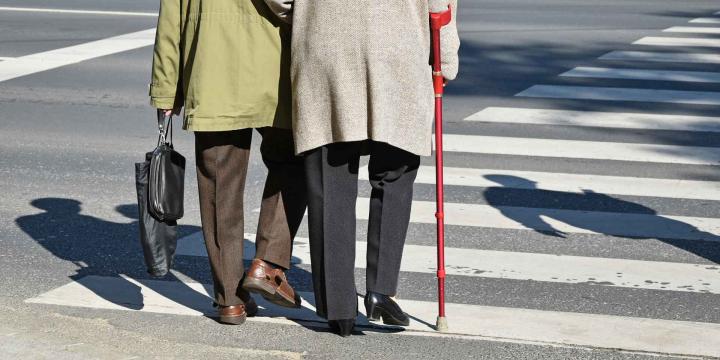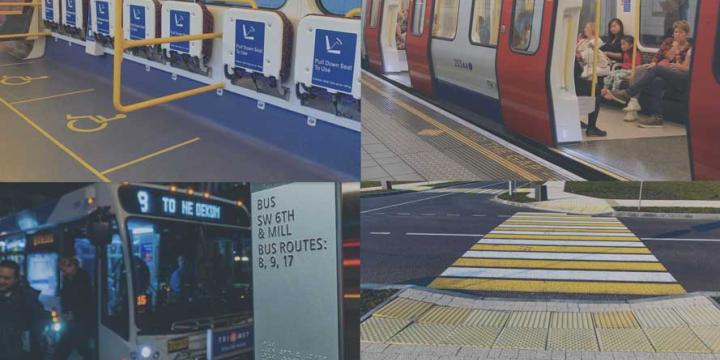Course Info
7 video lessons (69 Mins)
Published
Trending
-
4.44
Preview Course
Browse Course Chapters
-
1.Introduction
2 mins
-
2.A Brief Introduction to Social Capital
11 mins
-
3.Benefits of High Social Capital
13 mins
-
4.The Role of Social Capital in Natural Disaster Response and Recovery
9 mins
-
5.Strategies for Fostering Social Capital
16 mins
-
6.Case Studies in Social Capital and Disaster Response and Recover
12 mins
-
7.Wrap up and Summary
3 mins
What You Will Learn
- Introduce the concept of social capital
- Understand how social capital has a role in resilience planning
- Understand key concepts of resilience planning
- Assess barriers to social capital in your community
- Identify strategies to fostering social capital
Course Description
Natural hazards represent an enormous threat to human health, safety, and welfare. Our vulnerability to natural hazards is exacerbated by growing populations in hazard prone areas and our patterns of development that expose more households to threats. Additionally, climate change is contributing to increased threats of everything from heat waves, hurricanes, severe droughts, tornadoes, and torrential rain. This combination of factors means the human and economic costs of disasters continue to grow.
Our conventional response to disasters is to invest in infrastructure and public safety capacity; however, this approach is not enough given the growing threats to our communities. We need to look at strategies that increase community capacity to respond to and recover from disasters, and social capital is a critical piece in this approach. In this context, social capital can be defined as networks and relationships, norms of behavior, and levels of trust. These are all critical in reducing vulnerabilities to natural hazards. For example, during a heat emergency, residents in high social capital neighborhoods will take responsibility for their elderly neighbors ensuring they have access to cooling stations. In the event of an evacuation, they’ll make sure neighbors without cars are not left behind. These actions can help reduce dependence on first responders and increase public safety. The issue is that social capital is not something easily built, and government is not always the right actor. However, there are strategies that planners can adopt that help to foster social capital, whether its changes to the built environment or fostering open and transparent communication and decision-making that fosters trust. Especially with marginalized communities, it is vital that social capital be part of any resilience planning because it is necessary to reducing vulnerabilities and protecting our neighborhoods.



























